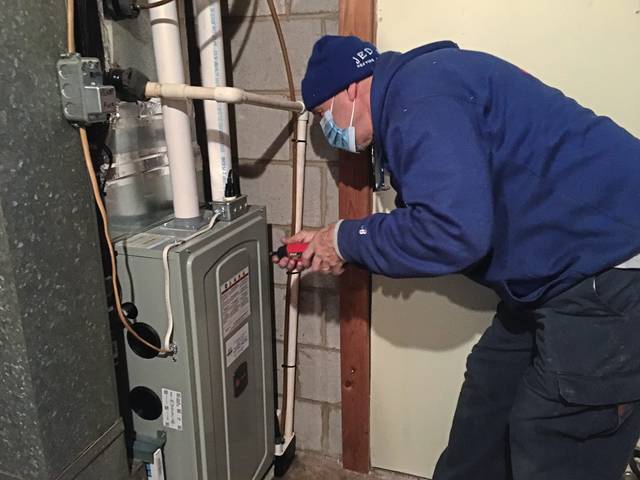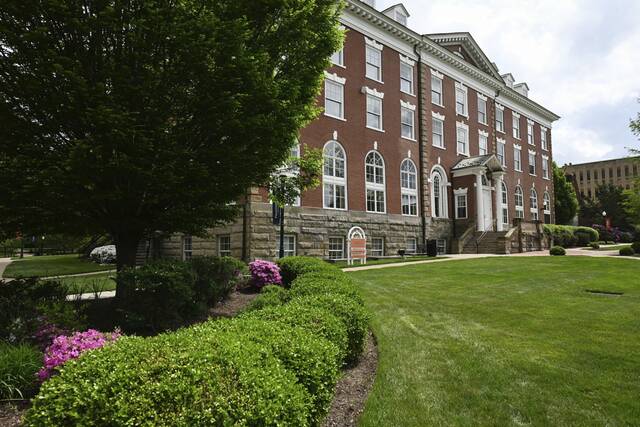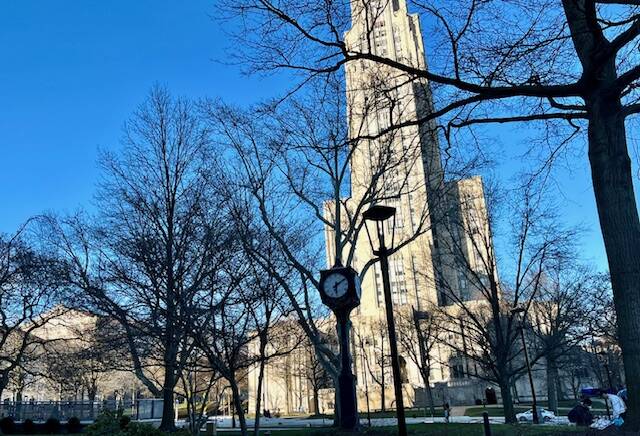Fewer Pennsylvanians have applied so far this year to the state’s home heating assistance program than last year, but the need is still there.
As of Wednesday, close to 230,000 people had sought assistance with heating bills through the 2020-21 Low-Income Home Energy Assistance Program. That’s down from the roughly 253,000 applications that were received during the same period in 2019.
The LIHEAP program began accepting applications Nov. 2 and is scheduled to continue through April 9.
“Preseason applications went out a little bit later in September than they normally do, and the weather has been fairly mild so far, so we believe that may account for the difference,” said Ali Fogarty, communications director for the Pennsylvania Department of Human Services.
During the entire 2019-20 heating season, LIHEAP assisted more than 310,000 households across the state, providing an average benefit of $284.
This season, LIHEAP cash benefits range between $200 and $1,000. Those who are within the program’s annual income guideline of 150% of the federal poverty limit ($32,580 for a household of three) and are in jeopardy of having their heating utility service terminated may receive up to $800 in crisis funds, raised from last year’s limit of $600.
At the local level, Westmoreland Community Action has fielded daily inquiries about assistance from those struggling with energy bills, with the economic impact of the coronavirus pandemic among the driving forces.
“In general, needs have been up for rent assistance and for utility support,” said Mandy Welty Zalich, executive director of the Greensburg-based nonprofit. “It has gone in waves. Now that it’s colder again, we’ll see that increase again.”
In addition to connecting callers with other programs that may help them, Westmoreland Community Action has an extra pool of funds it can draw upon for directly assisting those with a rent or utility emergency. Zalich explained the agency is receiving $884,000 from Westmoreland County’s share of the federal Coronavirus Aid, Relief and Economic Security (CARES) Act — money that can be spent over more than two years on either emergency assistance or office infrastructure and staffing needs.
The Pittsburgh-based Dollar Energy Fund is another source of utility assistance, matching charitable donations with funds from participating utilities. Expanding from Pennsylvania to serve those in need in 13 additional states, the fund provided 27,215 grants to eligible households in 2019-20.
The average amount granted in Pennsylvania is $388.42, and the average monthly income of recipients is $1,102.62.
Beth Kendra is the emergency financial assistant and office coordinator for the Natrona Heights-based Allegheny Valley Association of Churches, which addresses needs in the Alle-Kiski Valley. She helps clients apply for Dollar Energy Fund grants.
“There is a need, especially if people have not been paying on their bill and they’re starting to get notices,” Kendra said.
The Dollar Energy Fund may be an option for those who don’t qualify for LIHEAP, according to Kendra. It has a maximum income guideline of 200% of the federal poverty limit.
But applicants may have to meet other requirements, including paying a portion of their utility bill. “It’s considered a sincere effort by the client,” Kendra said.
Zalich suggested the simplest first step in seeking energy assistance is to dial 211. “That will provide you with the best referral to the right agency,” she said.
You also can text your zip code to 898-211 to connect with a resource navigator.








